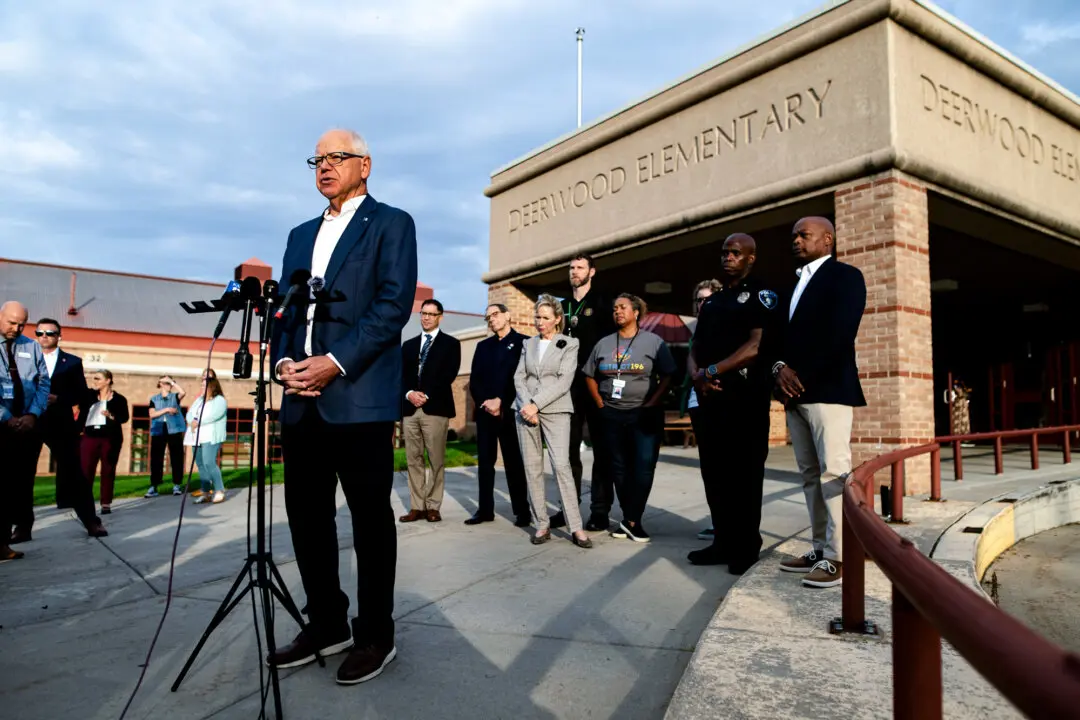While some countries have stepped away from nuclear energy due to uncertainty over energy prices and supply, nuclear energy is seeing a comeback.
An escalating global energy crisis, which began in 2021, has led to record-high gas and oil prices, increased inflation, and slowed economic growth, according to the International Energy Agency.





